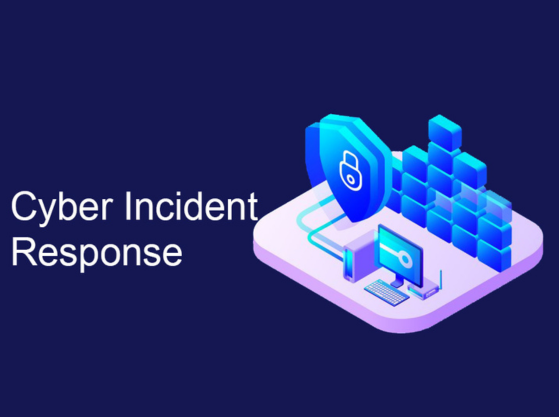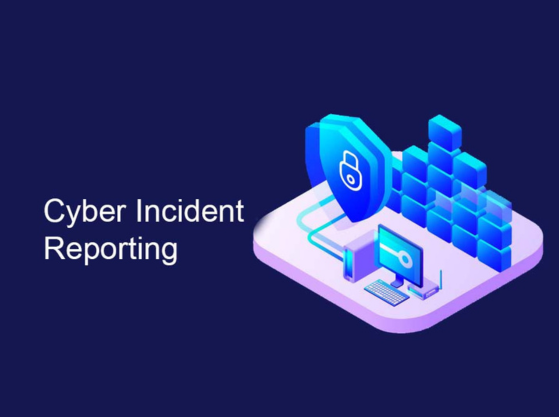In today's digitally interconnected world, cyber threats are an ever-present reality. No organization, regardless of size or industry, is immune to the risk of cyber incidents. Whether it's a data breach, ransomware attack, or a sophisticated phishing scheme, the consequences of a cyber incident can be severe, ranging from financial losses to reputational damage.
In the face of these threats, building resilience through effective incident response strategies is paramount. Organizations must be prepared to detect, contain, and mitigate the impact of cyber incidents swiftly and decisively, and specially CERTs and CSIRTs. In this blog post, we'll explore some best practices for cyber incident response that can help organizations enhance their resilience and minimize the impact of security breaches
1. Establish an Incident Response Plan:
- A comprehensive incident response plan serves as a roadmap for how your organization will respond to cyber threats. It should outline roles and responsibilities, escalation procedures, communication protocols, and steps for containing and mitigating incidents.
- Regularly review and update the incident response plan to ensure it remains relevant and effective in addressing evolving cyber threats.
2. Develop a Rapid Detection Capability:
- Early detection is critical for minimizing the impact of cyber incidents. Implement robust monitoring tools and technologies to detect anomalous behaviour and indicators of compromise.
- Leverage threat intelligence feeds and analytics to proactively identify emerging threats and vulnerabilities before they can be exploited.
3. Foster Collaboration and Communication:
- • Effective communication is essential during a cyber incident to coordinate response efforts and keep stakeholders informed. Establish clear lines of communication within the incident response team, as well as with external partners such as law enforcement, regulatory agencies, and third-party vendors.
- • Conduct regular training exercises and simulations to ensure that all personnel are familiar with their roles and responsibilities during a cyber incident.
4. Implement a Containment Strategy:
- Upon detection of a cyber incident, it's crucial to contain the threat to prevent further damage and propagation. This may involve isolating affected systems, disabling compromised accounts, or blocking malicious traffic.
- Act swiftly and decisively to contain the incident while preserving evidence for forensic analysis and potential legal proceedings.
5. Conduct Thorough Post-Incident Analysis:
- After the incident has been contained and remediated, conduct a comprehensive post-incident analysis to identify root causes, lessons learned, and areas for improvement.
- Share insights gained from post-incident analysis across the organization to enhance cybersecurity awareness and resilience.
By adopting these best practices for cyber incident response, organizations can bolster their resilience and minimize the impact of security breaches. Cybersecurity is an ongoing journey, and staying vigilant and proactive is key to effectively mitigating cyber risks in today's digital landscape.
As organizations navigate the complexities of the modern digital landscape, prioritizing resilience through effective cyber incident response is paramount. By establishing robust incident response plans, fostering collaboration and communication, and continuously refining strategies based on post-incident analysis, businesses can mitigate the impact of cyber threats and safeguard their operations, reputation, and data.
At Intracis, we understand the critical importance of cyber incident management in safeguarding organizations against evolving threats. It’s a cutting-edge solution designed to empower businesses with the tools and capabilities they need to detect, respond to, and recover from cyber incidents swiftly and effectively. With Intracis by your side, you can navigate the challenges of cybersecurity with confidence, knowing that you have a trusted partner dedicated to your digital resilience and success



